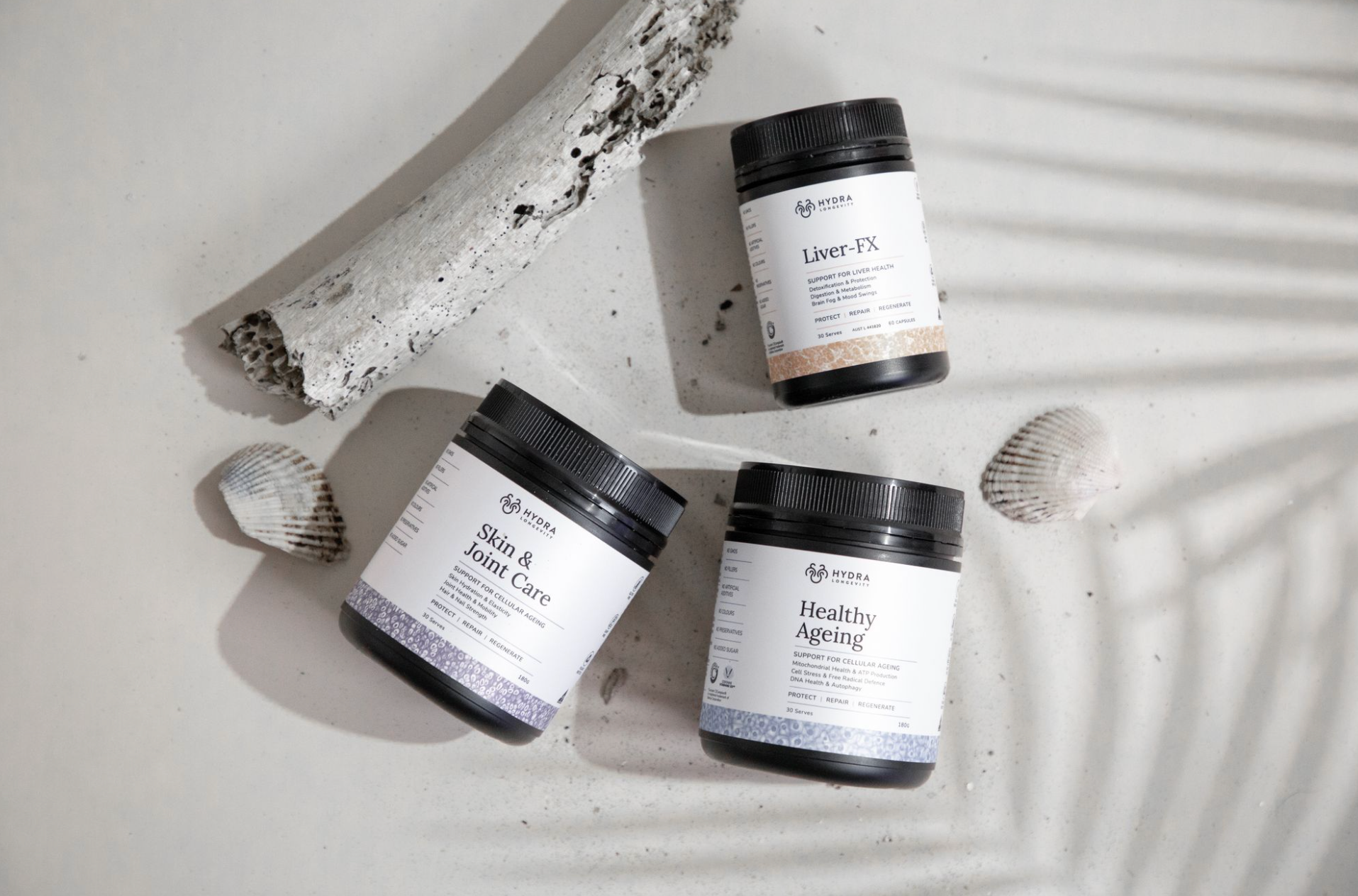How often do we hear someone say, ‘when my times up – it’s up!’ Seems pretty fatalistic to me, however, much of our society still believes that humans can only live up to about 80 years of age and it is only the extremely lucky that can make it to 100 years or more. However, it was only a couple of years ago that the National Academy of Medicine held a large event to kick off a challenge – The Challenge in Healthy Longevity – where they wanted to make living over 150 a reality.
Impossible you say!
Well, 30 years ago we would have said the same thing however, huge growth in gene-based science, bio-technology and artificial intelligence advancements has now made this goal a reality with some researchers and futurists pushing the boundaries and saying that over 200 will be possible for humans by the end of the century.
Longevity is an exciting topic and something nearly all of us want for ourselves and loved ones. But it is an extremely complex topic, so much so, that there are over 25 laboratories employing hundreds of scientists exploring the thousands of parameters that effect our cells performance and the ways we can influence our genes to cause us to live longer.
We have taken great strides in understanding our cells with their mitochondrial function and genetic pathways and identifying how they play a vital role in how long we live. The more we understand these genes and pathways, the closer we will become to developing strategies to extend our lifespan and optimise our healthspan.
What have we discovered so far and has the elusive longevity gene been found?
Scientists searching for this elusive longevity gene have answered this question with a complex and simple explanation.
The complex answer first. Scientists have discovered hundreds of genes, that when manipulated, lead to extended lifespans. These genes have been labelled longevity-associated genes (LAGs) because when their function or expression has been modulated, it results in noticeable changes in longevity. These LAGs have a wide diversity of functions and have a high degree of connectivity and inter-connectivity. The science is showing us that these genes all work in a cooperative manner and form a ‘longevity network’.
An interesting finding about these LAGs and our longevity networks is that there seems to be ‘hubs’ located in different parts of the longevity network that control, regulate and influence all the other hundreds of genes that are responsible for age-associated conditions such as oxidative stress, chronic inflammation and cellular senescence.
The complexity comes with the time-consuming study and testing of these hundreds of genes, each associated with a different disease and all having an essential place within the longevity network. Not only are scientist studying what these individual genes do but also how they influence each other, and they also have to test and trial hundreds of substances that can inhibit or activate these genes.
Now to the simpler explanation about our longevity genes. These hubs located in the longevity network contain master or regulating genes that control huge numbers of other longevity genes. As scientists have looked deeper into these hubs, they have identified 3 groups of genes that can most accurately be labelled ‘anti-ageing genes’ and these genes are named FOXO, sirtuin and mTOR.
Influencing these 3 groups of longevity genes can help us live longer!
FOXO genes – especially FOXO3:
- Increase energy metabolism by upregulating mitochondrial activity
- Lower oxidative stress in tissue
- Improve cell protein management (proteostasis)
- Regulate senescence and cancer cell death
- Improve cell cycle regulation - growth and repair
- Increase metabolic processes by regulating insulin sensitivity
- Strengthen Immunity
- Promote anti-inflammatory activity
- Improve muscle regeneration via stem cell maintenance
- Destroy damaging reactive oxygen species (ROS)
This gene group is so amazing that it confers immortality to the freshwater polyp HYDRA (which our company is named after).
Sirtuin genes – especially Sirt1,2,3,6:
- Called the ‘guardians of the genome’ they are activated by NAD+
- Act as a gene on or off switch
- Improve DNA repair and replication
- Activate the mitochondria
- Improve insulin signalling and pathways
- Regulate abnormal cell death
- Promote cell proliferation and survival
- Encourage tissue regeneration
- Enhance nerve repair and regeneration
- Reduce brain ageing
- Stabilise the genome and DNA
- Reduce oxidative stress
- Regulate the length of telomeres
mTOR genes – especially mTORC1:
- Are activated by decreased insulin and IGF-1
- Act as a central hub of nutrient signalling and cell growth
- Organise gene protein synthesis
- Promote autophagy and protein clearance
- Increase mitochondrial creation
- Improve mitochondrial function and dynamics
- Increase ATP production
- Prevent stem cell death
- Improve the renewal and proliferation of stem cells
- Protect against age-related decline of heart, nerve and skeletal tissue
Another exciting part of the research around these three groups of genes is that they all have common stimulators and inhibitors and that regulating one group of these genes actually improves the function of the other 2 groups of genes. That’s fantastic news for those of us developing strategies to treat and reverse the Hallmarks of Ageing.
The main nutrients found to strongly influence these three groups of genes, and included in Healthy Ageing Essentials are:
- Resveratrol and other polyphenols
- Pterostilbene from blueberries
- Cinnamon
- Green Tea
- Ashwagandha
- Broccoli sprouts
- Curcumin
There you have it! Not one but THREE ‘longevity genes’.
This is only the tip of the iceberg. Anti-ageing scientists are continuing to explore our bodies and will undoubtedly find other genes strongly associated with the fountain of youth. One thing is for sure, it’s unlikely we will ever discover ONE single gene that is responsible for causing us to age or to reverse the ageing process – it involves multiple genes and numerous pathways.
The best strategies we develop now and into the future need to be able to target multiple genes and their pathways to give us the best chance to beat ageing. But don’t wait for tomorrow, start influencing your longevity-associated genes and your longevity networks TODAY with scientifically validated superfoods and nutrigenomic ingredients. We all have the opportunity to have an improved healthspan as well as a longer lifespan.





